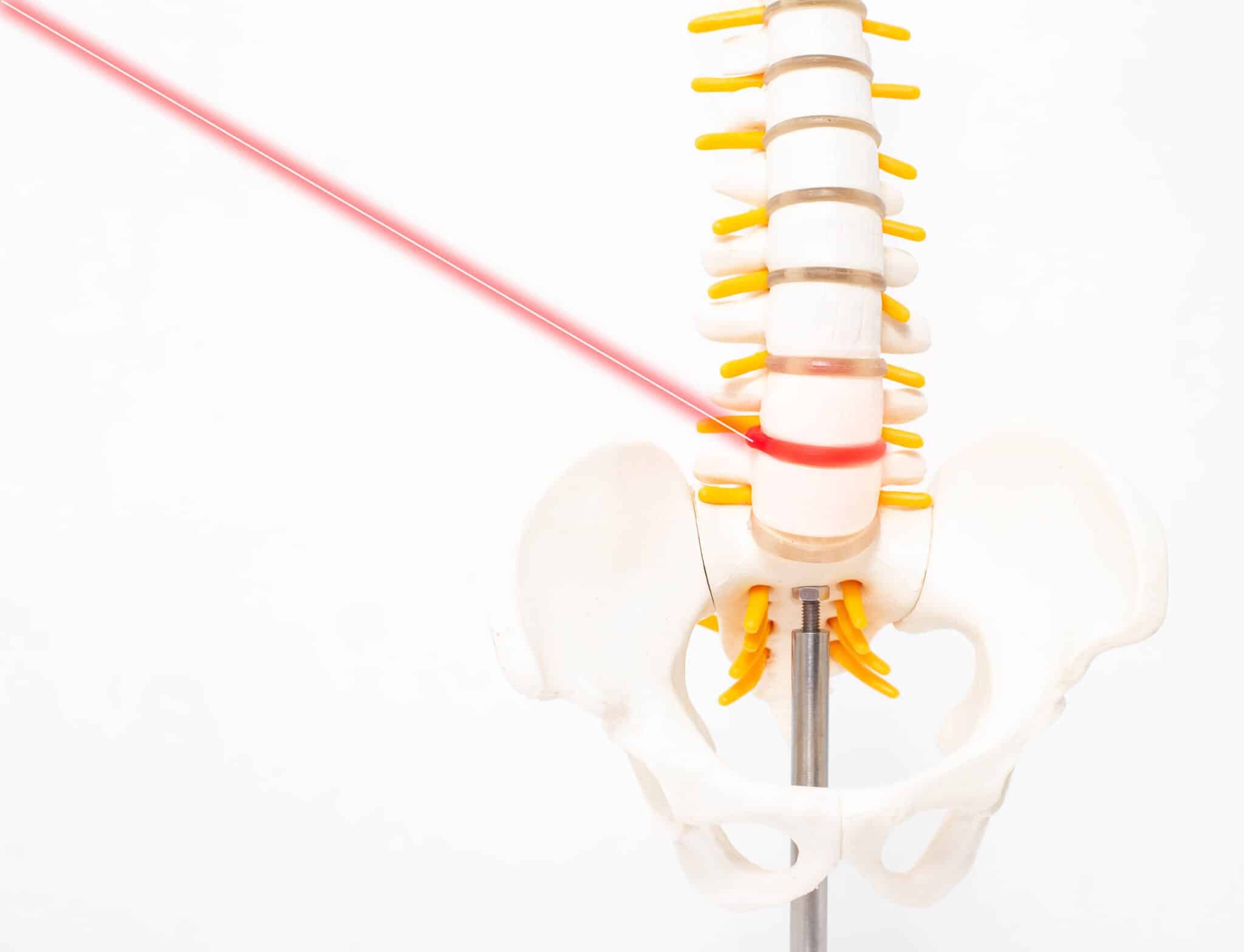Percutaneous intradiscal radiofrequency thermocoagulation (PIRFT) and intradiscal electrothermal therapy (IDET) are both minimally invasive procedures aimed at treating chronic discogenic low back pain. While they share similarities, they have distinct differences in terms of their mechanisms, techniques, and applications.
Mechanism
PIRFT involves using radiofrequency energy to generate controlled heat within the targeted intervertebral disc. The heat is applied to coagulate pain-conducting nerve fibers within the disc, reducing pain transmission.
IDET, on the other hand, utilizes heat generated by a heated catheter. The catheter is placed within the disc and heated to a specific temperature. The goal is to stimulate collagen production and strengthen the disc’s outer layers, which can reduce pain by stabilizing the disc.
Technique
PIRFT uses a specialized radiofrequency electrode that is advanced into the disc through a needle. The electrode delivers radiofrequency energy to generate heat, coagulating nerve fibers.
In IDET, a catheter is inserted into the disc and heated to a specific temperature using radiofrequency energy. The heat is intended to cause controlled injury to the disc’s inner layers, promoting collagen formation.
Purpose
PIRFT primarily focuses on reducing pain by targeting pain-conducting nerve fibers within the disc. It aims to provide pain relief by interrupting pain signals.
IDET has a dual purpose of relieving pain and potentially promoting structural changes within the disc. By stimulating collagen production, it aims to tighten the disc’s outer layers and improve stability.
